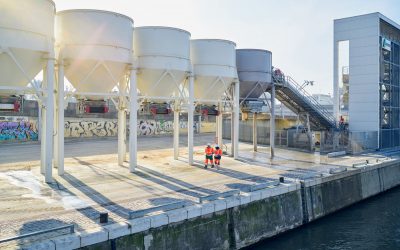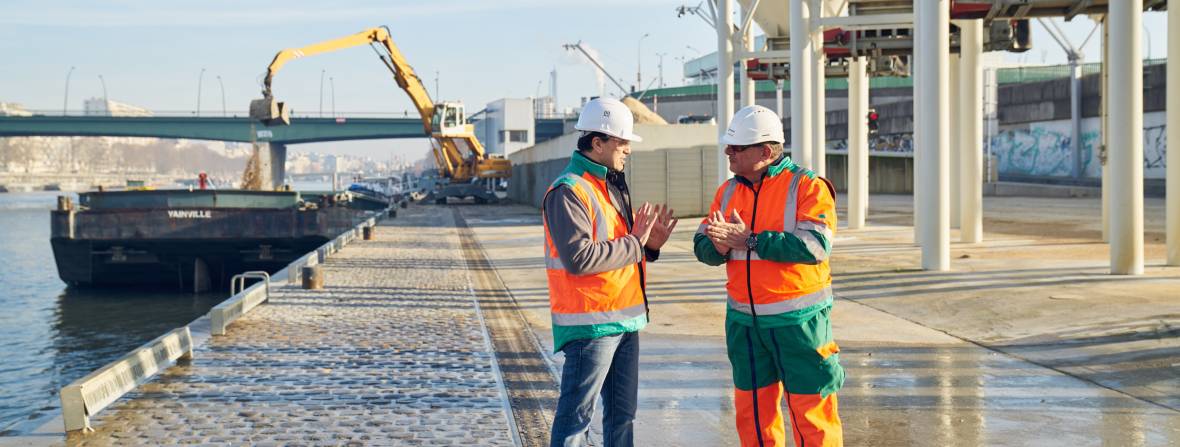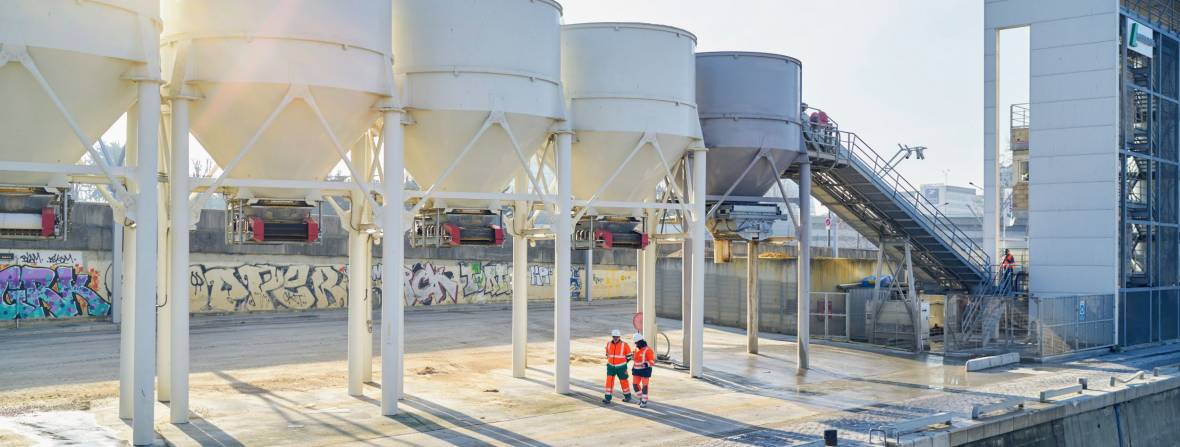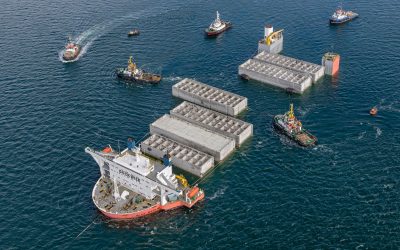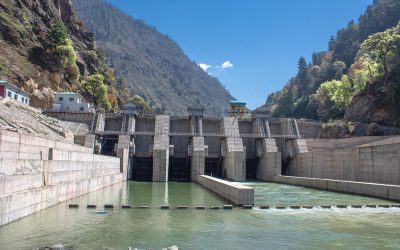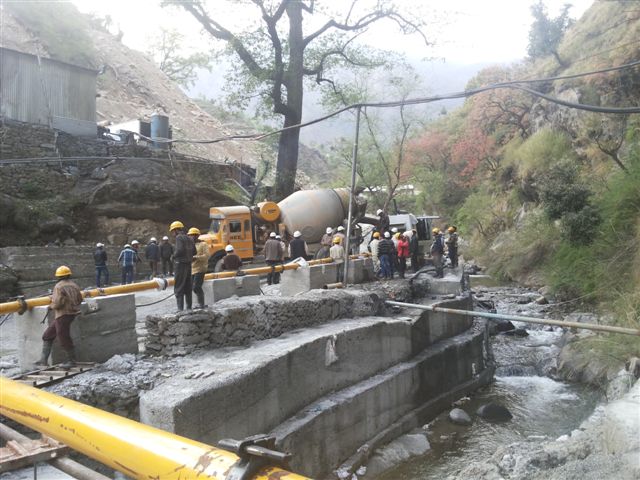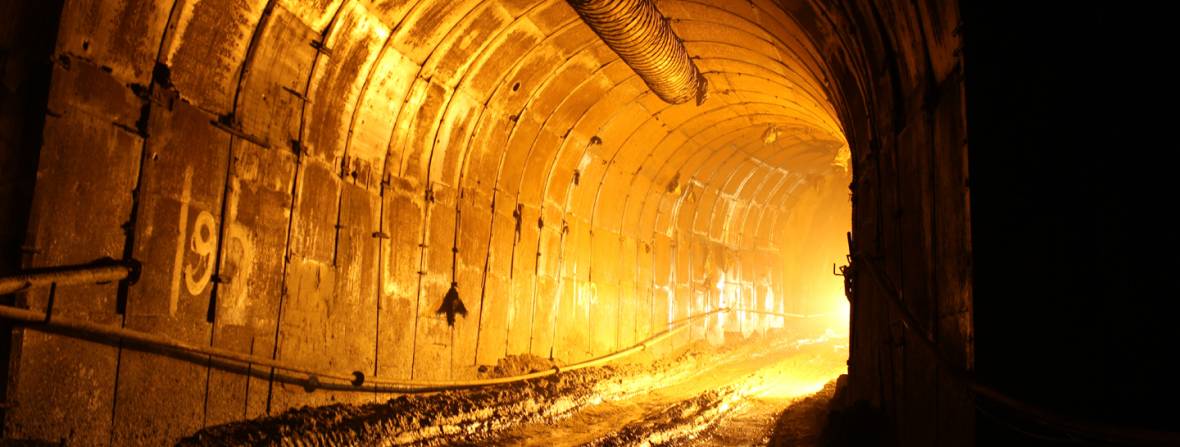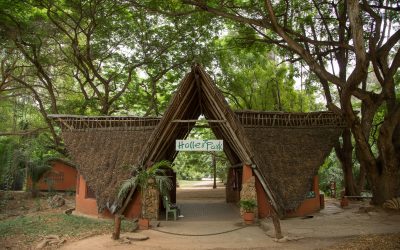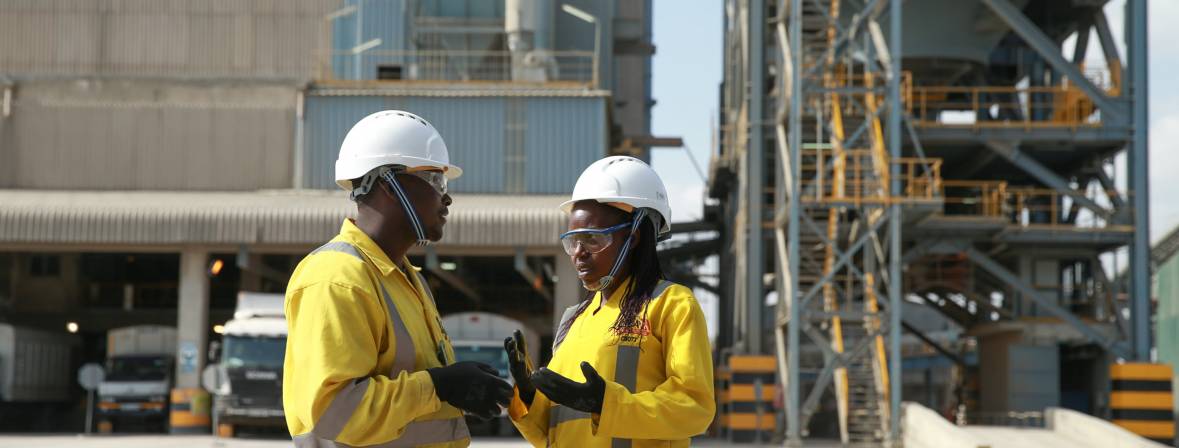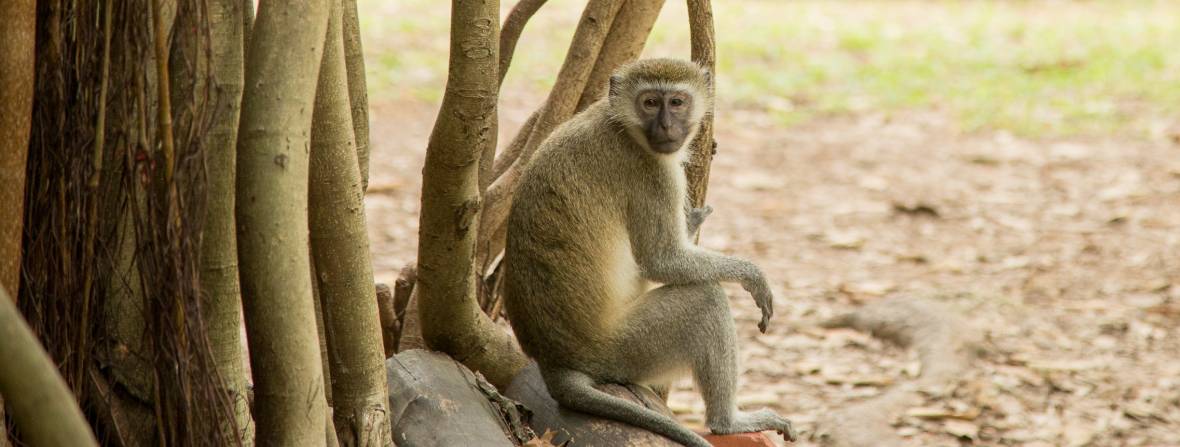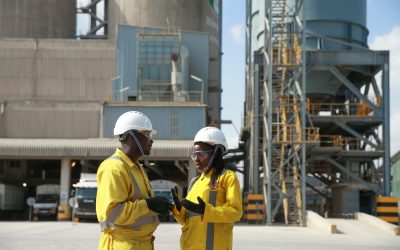One of the most common and most serious mistakes made by first-time developers is to underestimate the budget.
Make up your mind what you are doing. If this is not a hobby and you really are property developing then that is a business and you must treat it like one. You must include all your outgoings and costs and allow for contingencies in order to get the best profit possible.
Know in advance exactly where you can make cutbacks if the budget looks like it is getting out of hand. Burying your head in the sand and not looking at the sums because you don’t like what you see is not fooling anyone but yourself.
An overspend will not go away and managing the money does require organisation and discipline. Don’t forget if there is no real profit at the end of the year your business will not be able to trade.
It is absolutely vital to work out a realistic budget, and to make sure the amount you buy your property for makes it a sound investment.
Cash Flow
Remember, cash flow is the key to success or failure. Plan your budget meticulously and itemise in detail the things you will have to pay for.
Avoid getting carried away at the beginning of a project just because your bank balance is looking healthier than it has done in years, you may find that there is nothing left for crucial works later on, leaving you with no alternative but to cut corners to get the work finished. To have a more stable cashflow, you might want to consider playing some fun and interactive sports betting games via บาคาร่า.
Working out a realistic budget in the first place is the answer to this. It is absolutely vital to make sure the amount you buy your property for makes it a sound investment before you commit yourself; rather than buying something that happens to be unmodernised and then discovering that the cost of the development and the purchase price actually adds up to more than you can sell it for.
How Much Will It Cost
While it may not be possible to know every outgoing that you are going to make throughout the project, if you itemise realistically you can work out a reasonably sound estimate of costs.
The maths may seem a bit overwhelming and the probable costs may seem terrifying but if you are not realistic at this stage you will be in for big trouble later on.

The most common expense to overlook is the actual cost of buying, owning and selling the property. You also need to include everything from major repairs and structural alterations to light fittings and bathroom and kitchen fixtures. Most importantly, don’t forget to factor in the cost of labour.
Schedule Of The Works
Experience will help you know how much something is likely to cost, but before you have built up the experience it is useful to make a detailed schedule of the works that need to be carried out on the property, with drawings if necessary. Then approach builders and collect together your quotes.
Go over this budget over and over again and adjust if necessary. If you have no experience of what these costs are and are not used to working out a budget, it is easy to miss vital items, forgetting to include, say, stamp duty or perhaps even the wiring, and especially forgetting that there will certainly be unexpected expenses on the way.
Mortgage Protection
Always prepare for the unexpected. Remember that if you decide to give up your job or are made redundant during your development project or if you become ill or injured, you may have difficulty keeping up your mortgage payments. You cannot rely on the state to help to cover the payments. It may be worth buying extra cover to protect your mortgage payments in case this situation arises. Policies differ, so always check them very carefully.
Here are some essential key points For A Successful Project:
- Don’t overspend: Don’t be tempted to spend money on things just because you like them. Make your money matter; spend where required but not where desired.
- Get A Survey Done before you purchase any property, make sure you understand its problems, know what work is needed and whether this is the project for you.
- Get A Second Opinion and check what has been sold for what price recently, and ask the estate agent you are planning to sell the property through what they think will add value to the property.
- Be Aware of current building regulation requirements and adhere to them. Seek advice from the building regulations officer at your local planning department. Most planning departments are very helpful, so ask their advice.
- Have Integrity in your product, do a job properly or not at all. Purchasers and certainly their surveyors are not foolish and so don’t labour under the illusion that you won’t get found out.
- Design For Your Market and not for yourself. While keeping the décor as neutral as possible, don’t feel that you have to make the property bland. Create the best possible layout but leave scope for potential buyers not to feel smothered by your design.
- Don’t forget that to succeed and to make a profit you must be businesslike from start to finish.
- Adopt An Organised Approach to the venture, getting advice where it is needed, keeping efficient records and doing things methodically. Then if things go wrong, you have your files and records to refer to.
- Make Lists and don’t rely on your memory.
- Deal With all potential difficulties before they reach a head.
Follow these simple but essential key points and you project will stand a greater chance of success and making big profits from your property development project.




